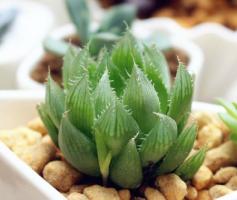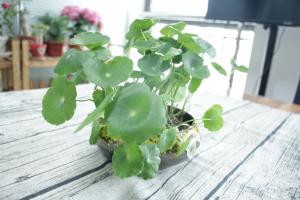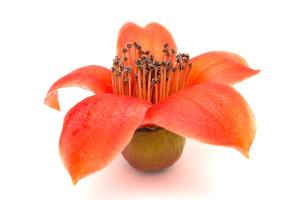Can Lettuce and Tomatoes be Planted Together?
When it comes to gardening, one of the most common questions is whether or not certain crops can be planted together. In the case of lettuce and tomatoes, the answer is yes - they can be planted together. However, there are certain factors to consider before doing so.
The Benefits of Planting Lettuce and Tomatoes Together
One of the main benefits of planting lettuce and tomatoes together is that they are both great at repelling pests. For example, tomatoes emit a chemical called solanine that repels aphids and other pests, while lettuce emits a milky substance that deters snails and slugs. By planting these two crops together, you can create a natural barrier that helps to keep pests at bay.
In addition to pest control, planting lettuce and tomatoes together can also help to conserve space in your garden. Since lettuce grows quickly and doesn't require as much space as tomatoes, it can be planted in between tomato plants to make the most of your garden plot.
Considerations for Planting Lettuce and Tomatoes Together
While planting lettuce and tomatoes together can be beneficial, there are also some considerations to keep in mind. For one, it's important to choose tomato varieties that are compatible with lettuce. Some larger tomato varieties can overshadow lettuce and prevent it from getting the sunlight it needs to grow.
It's also important to consider the water and nutrient needs of both crops. Lettuce requires more water than tomatoes, as well as more consistent moisture levels. Tomatoes, on the other hand, require more nutrients than lettuce. By planting these crops together, you'll need to find a balance between providing enough water for the lettuce without overwatering the tomatoes, while also ensuring that the tomatoes receive enough nutrients to thrive.
Tips for Planting Lettuce and Tomatoes Together
If you're interested in planting lettuce and tomatoes together, here are a few tips to help you get started:
Choose tomato varieties that are compatible with lettuce, such as cherry or grape tomatoes.
Plant lettuce in between tomato plants, leaving enough space between each plant to allow for adequate growth.
Ensure that the soil is well-draining and nutrient-rich, as both crops require fertile soil to grow.
Water both crops regularly, balancing the needs of the lettuce with the needs of the tomatoes.
Consider adding a layer of mulch around both crops to help conserve moisture and keep the soil cool.
In Conclusion
So, can lettuce and tomatoes be planted together? Yes, they can! By planting these two crops together, you can enjoy the benefits of natural pest control and efficient use of garden space. Just be sure to consider the factors outlined above before planting, and follow these tips to ensure that both crops thrive in your garden.

 how many times do yo...
how many times do yo... how many planted tre...
how many planted tre... how many pine trees ...
how many pine trees ... how many pecan trees...
how many pecan trees... how many plants comp...
how many plants comp... how many plants can ...
how many plants can ... how many plants and ...
how many plants and ... how many pepper plan...
how many pepper plan...






























